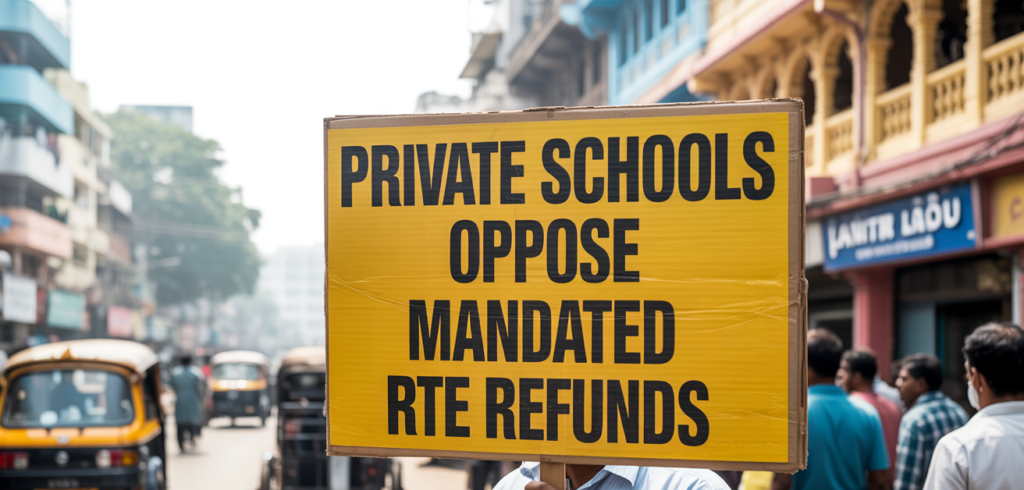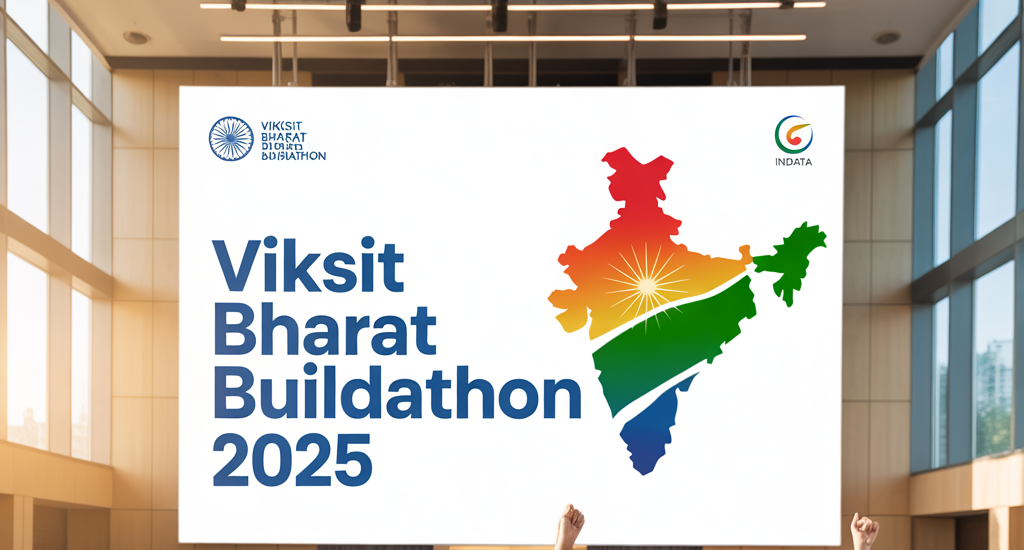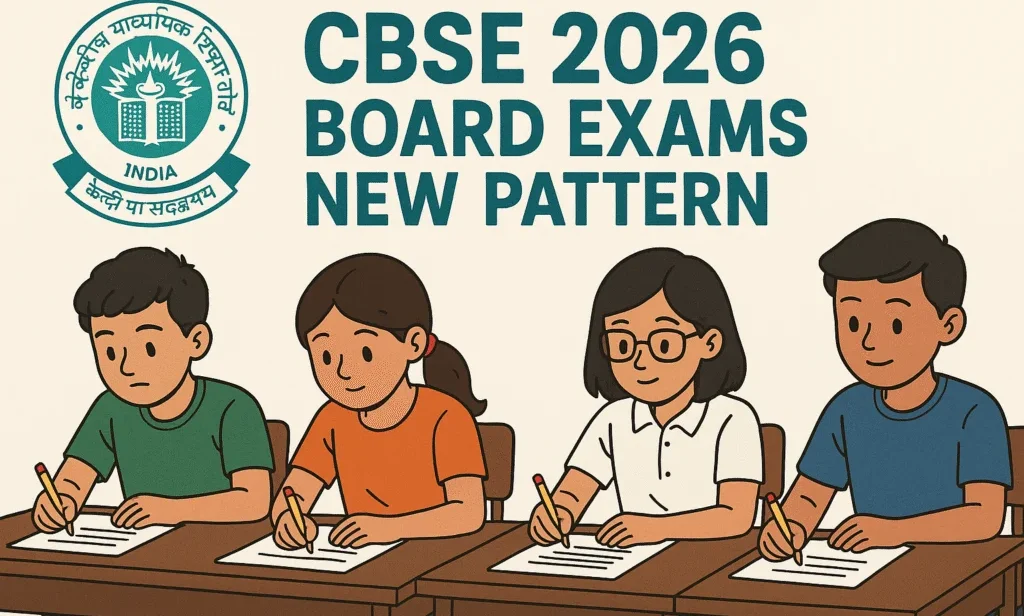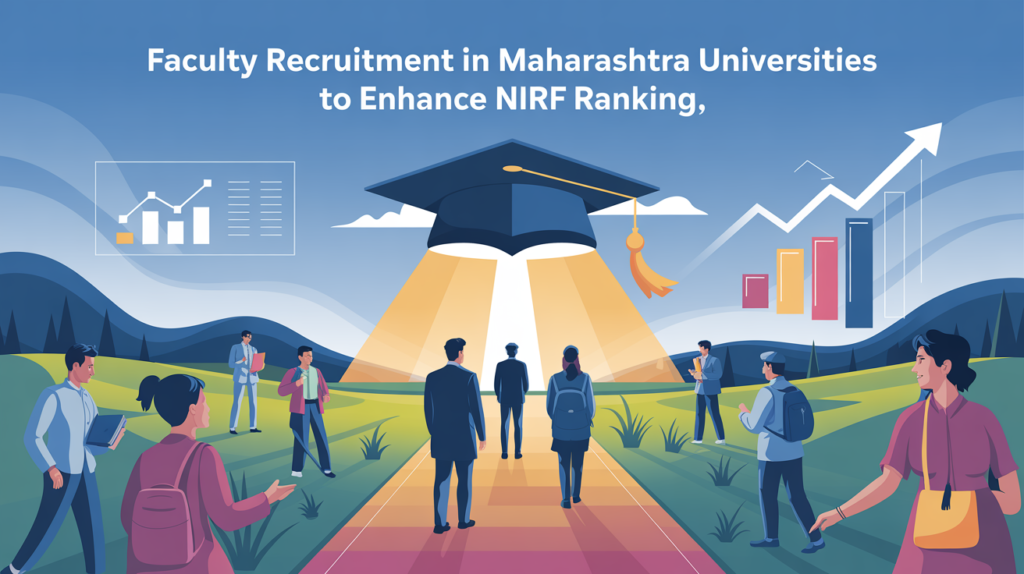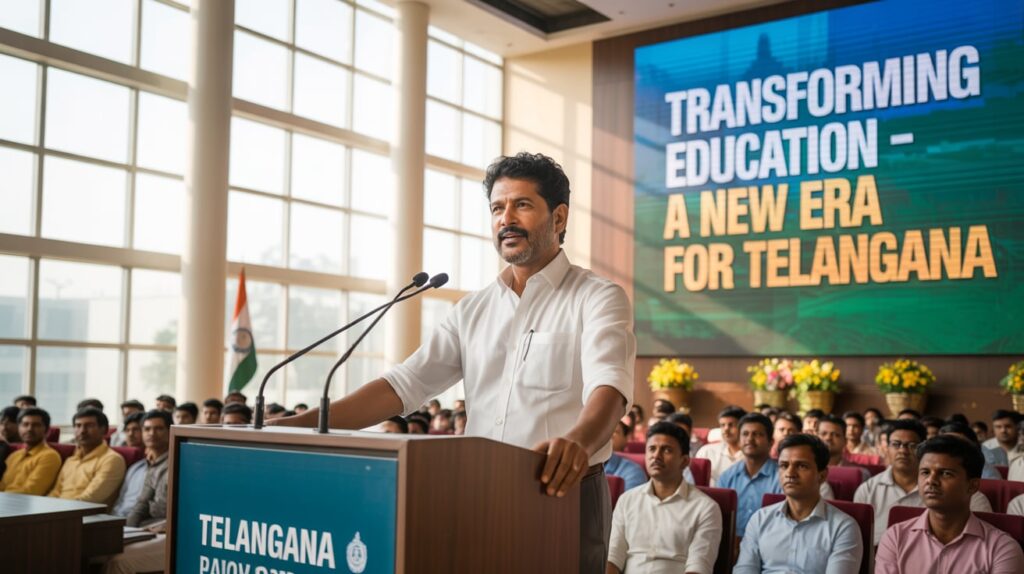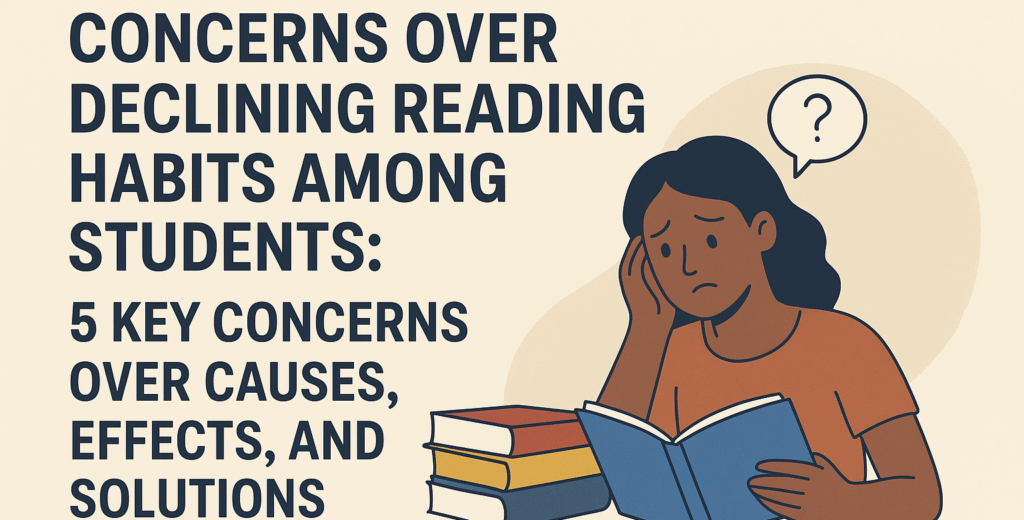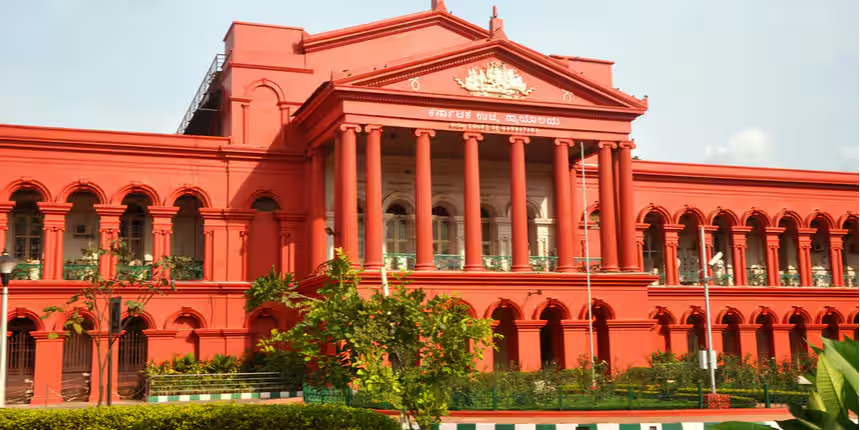Private Schools Oppose Mandated RTE Refunds in Tamil Nadu | Latest Education News
Private Schools Oppose Mandated RTE Refunds in Tamil Nadu The topic “Private Schools Oppose Mandated RTE Refunds in Tamil Nadu” has sparked widespread debate in India’s education ecosystem. Under the Right to Education (RTE) Act, private schools are required to reserve 25% of their seats for students from economically weaker sections (EWS). However, in Tamil Nadu, a recent government order directing mandatory refunds of collected fees from RTE-eligible students has triggered strong opposition from private educational institutions. Many private schools argue that they already face financial strain due to delayed reimbursements and lack of clarity in state funding. As a result, the issue has reignited the discussion on balancing social equity with institutional sustainability. In this blog, we’ll explore why Private Schools Oppose Mandated RTE Refunds in Tamil Nadu, its positive and negative impacts, stakeholder reactions, and the way forward for inclusive education. 📚 Understanding the RTE Refund Policy Before diving deeper, it’s important to understand what the RTE refund directive entails. Under the Right to Education Act, 2009, states reimburse private schools for admitting underprivileged children into their institutions. In Tamil Nadu’s latest circular, schools were asked to refund any fees collected from RTE students during previous academic sessions. The order also stated that non-compliance could result in penalties or even withdrawal of school recognition. While the government’s intent is to ensure free education for all RTE beneficiaries, private schools claim that such a blanket directive ignores financial realities — including maintenance costs, staff salaries, and delayed reimbursements. Hence, the topic Private Schools Oppose Mandated RTE Refunds in Tamil Nadu is not merely a local issue — it represents a larger tug of war between policy ideals and practical implementation. ⚖️ Why Private Schools Oppose Mandated RTE Refunds in Tamil Nadu 1️⃣ Delayed Reimbursements Private schools say the state often delays RTE reimbursements for years, creating severe liquidity crises. Without timely funds, institutions cannot operate smoothly. 2️⃣ Administrative Challenges The documentation process for RTE reimbursements is lengthy and complex. Schools spend additional resources managing paperwork and audits, which remain uncompensated. 3️⃣ Partial Reimbursement Amounts In many cases, the reimbursed amount per student does not match the actual tuition fee charged. Schools end up bearing part of the cost, making it financially unsustainable. 4️⃣ Post-Pandemic Recovery Struggles After COVID-19, many schools faced reduced admissions and revenue losses. The directive for refunds now adds another burden. 5️⃣ Lack of Dialogue School associations argue that the Tamil Nadu government implemented the decision without consulting stakeholders or considering their financial condition. Thus, the growing sentiment of Private Schools Oppose Mandated RTE Refunds in Tamil Nadu is rooted in economic hardship and administrative inefficiency. 🌟 Positive Impacts of RTE Refunds Even though there’s resistance, the RTE refund directive has several potential benefits for students and society: ✅ Ensures Equity:It reinforces the fundamental right to free education for every child, regardless of economic background. ✅ Accountability:Encourages schools to maintain transparency in fee collection and comply with legal norms. ✅ Government Oversight:Helps monitor misuse of funds and ensures that RTE seats serve the intended beneficiaries. ✅ Empowerment of Parents:Low-income families feel more secure knowing they won’t face hidden costs. ✅ Public Awareness:The issue brings RTE implementation to the forefront, inspiring dialogue on education reform. ⚠️ Negative Impacts of the Refund Mandate Despite noble intentions, there are adverse effects associated with the policy: Financial Instability for Schools:Many schools, especially low-fee private ones, might struggle to stay open if refunds are enforced retroactively. Reduced Quality:Institutions under financial stress may cut corners on teacher quality, infrastructure, or learning resources. Possible Closure of Small Schools:Small rural or budget schools could shut down, limiting access for local communities. Administrative Overload:The verification and refund process consumes valuable time and resources. Policy Distrust:Lack of consultation breeds mistrust between educational institutions and the government. Thus, while the aim is inclusion, Private Schools Oppose Mandated RTE Refunds in Tamil Nadu highlights the need for policy realism. 🧩 Reactions from Stakeholders 📌 Private School Associations They’ve called for immediate suspension of the directive, arguing that it’s retrospective and unfair. Many have requested a grievance redressal committee for case-wise review. 📌 Parents & NGOs Parent groups and NGOs supporting RTE rights have welcomed the move, saying education must remain truly free for underprivileged children. 📌 Government Response Officials clarified that the refund directive aims to rectify past fee irregularities, not punish schools. The government has promised to speed up reimbursement timelines. 📌 Education Experts Policy experts suggest establishing a transparent digital reimbursement system and annual audits to prevent disputes. 💡 Possible Solutions To strike a balance between fairness and feasibility, experts propose: 💬 Dialogue between stakeholders to co-create practical timelines 💳 Automated reimbursement portal for faster payments 📊 Realistic cost calculation per student for accurate compensation 🏫 Tier-based categorization of schools to differentiate capacity levels ⚙️ Independent monitoring agency for accountability A collaborative approach will ensure that Private Schools Oppose Mandated RTE Refunds in Tamil Nadu transforms into a cooperative policy dialogue. Key Points Private Schools Oppose Mandated RTE Refunds in Tamil Nadu due to financial strain and delayed payments. The RTE Act (2009) ensures 25% reservation for disadvantaged students. The refund directive aims at equity but lacks proper consultation. Positive impacts include inclusion and transparency; negative impacts involve financial stress and trust deficit. A balanced policy with stakeholder input can resolve long-term tensions. ❓ FAQ Section Q1. Why do private schools oppose RTE refunds in Tamil Nadu?Because of delayed reimbursements, incomplete payments, and lack of prior consultation. Q2. What is the main goal of the RTE refund directive?To ensure no child from the EWS category pays fees for RTE-reserved seats. Q3. Will schools be penalized for non-compliance?Yes, non-complying schools may face penalties or loss of recognition. Q4. How can the issue be resolved?By introducing digital reimbursement systems, stakeholder consultations, and timely payments. 🏁 Final Thoughts The controversy — Private Schools Oppose Mandated RTE Refunds in Tamil Nadu — underscores the complexity of implementing inclusive education policies. While the intent is noble, success depends on collaboration,
